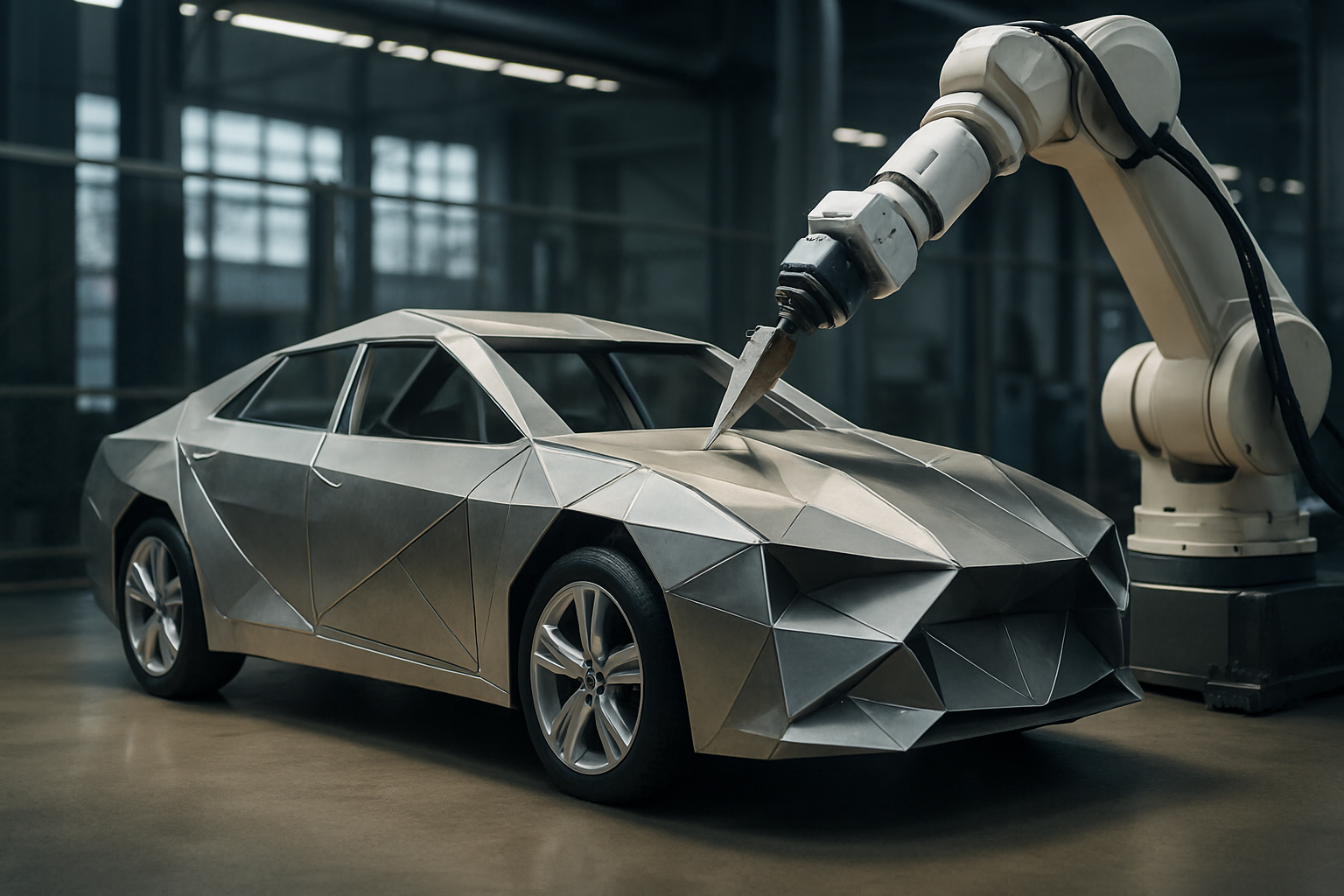Synergistic Design: Fusing Art and Engineering in Industrial Products
In today's competitive marketplace, the fusion of art and engineering in industrial product design is emerging as a powerful strategy for differentiation and innovation. This approach, known as synergistic design, combines aesthetic appeal with functional excellence to create products that not only perform exceptionally but also captivate consumers on an emotional level. By bridging the gap between form and function, companies are redefining industry standards and reshaping consumer expectations.

The Evolution of Industrial Design
Industrial design has come a long way since its inception during the Industrial Revolution. Initially focused primarily on functionality and mass production, the field has gradually evolved to incorporate aesthetic considerations. However, for many decades, form and function often remained separate entities in the design process.
The post-World War II era saw a growing emphasis on consumer-centric design, with companies recognizing the power of aesthetics in driving sales. This period marked the beginning of a more integrated approach to product development, though the full potential of combining art and engineering was yet to be realized.
The Synergistic Design Philosophy
Synergistic design goes beyond mere collaboration between artists and engineers. It represents a holistic approach where aesthetic and functional elements are considered simultaneously from the outset of the design process. This philosophy is built on the premise that the whole is greater than the sum of its parts – that by integrating artistic vision with engineering prowess, companies can create products that excel in both form and function.
At its core, synergistic design seeks to eliminate the compromise between beauty and performance. It challenges designers and engineers to think creatively about how aesthetic elements can enhance functionality, and how functional requirements can inspire artistic innovation.
Implementing Synergistic Design in Practice
Adopting a synergistic design approach requires a fundamental shift in organizational structure and culture. Companies must break down silos between design and engineering departments, fostering an environment of open communication and collaboration.
Cross-functional teams comprising industrial designers, engineers, marketers, and even end-users are essential. These diverse groups bring different perspectives to the table, encouraging innovative problem-solving and pushing the boundaries of what’s possible in product design.
Advanced technologies play a crucial role in facilitating synergistic design. 3D modeling software, virtual reality, and rapid prototyping tools enable teams to visualize and iterate designs quickly, bridging the gap between artistic concepts and engineering realities.
Case Studies in Synergistic Success
Several companies have successfully implemented synergistic design principles, reaping significant benefits in terms of market share and brand recognition. For instance, a leading automotive manufacturer revitalized its product line by integrating aerodynamic principles with sleek, emotive styling. The result was a series of vehicles that not only delivered superior performance but also evoked a strong emotional response from consumers.
In the consumer electronics sector, a startup disrupted the smart home device market with a line of products that seamlessly blended into home decor while offering cutting-edge functionality. By prioritizing both aesthetics and performance from the outset, the company created devices that consumers were proud to display prominently in their homes.
Challenges and Considerations
While the benefits of synergistic design are clear, implementing this approach is not without challenges. One of the primary hurdles is overcoming entrenched organizational structures and mindsets. Many companies struggle to break free from traditional design processes that separate aesthetic and functional considerations.
Another significant challenge lies in finding and nurturing talent capable of bridging the gap between art and engineering. Educational institutions are beginning to recognize this need, developing interdisciplinary programs that combine design thinking with technical skills.
Cost considerations can also be a barrier to adoption. The iterative nature of synergistic design and the need for specialized tools and talent can increase upfront development costs. However, many companies find that these investments pay off in terms of increased market share and customer loyalty.
Actionable Strategies for Synergistic Design
• Establish cross-functional design teams that include artists, engineers, and marketers
• Invest in advanced design and prototyping technologies to facilitate rapid iteration
• Encourage a culture of experimentation and risk-taking in product development
• Implement design thinking workshops to foster creativity across departments
• Collaborate with educational institutions to develop talent with interdisciplinary skills
• Conduct regular consumer feedback sessions to align designs with user needs and preferences
• Create a dedicated innovation lab for exploring synergistic design concepts
As industries continue to evolve, the integration of art and engineering in product design will likely become increasingly important. Synergistic design offers a pathway to creating products that not only meet functional requirements but also resonate with consumers on an emotional level. By embracing this approach, companies can differentiate themselves in crowded markets, drive innovation, and ultimately deliver greater value to their customers. The future of industrial product design lies in the harmonious fusion of form and function, where art and engineering work in concert to create truly exceptional products.





